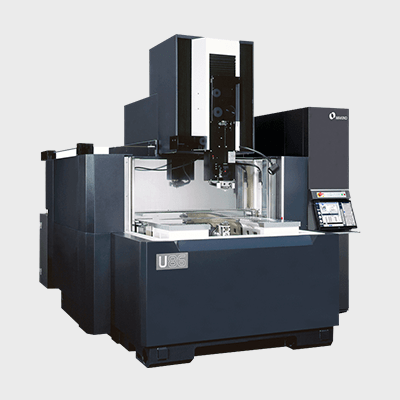Wire EDM services are highly valued across numerous industries for applications that demand precision and complex designs:
- Medical Devices: Used to create components like surgical instruments, implants, and parts with extremely fine details required for safe medical applications.
- Aerospace: Precision parts such as turbine blades, engine components, and other lightweight structural parts that require tight tolerances.
- Electronics: Intricate connectors, circuit board components, and micro-parts essential for modern electronic devices.
- Automotive: High-performance components such as gears, fuel injectors, and custom molds used in vehicle production.
- Jewelry: Detailing and high-precision cuts are needed in fine jewelry, where intricate shapes and delicate designs are common.

